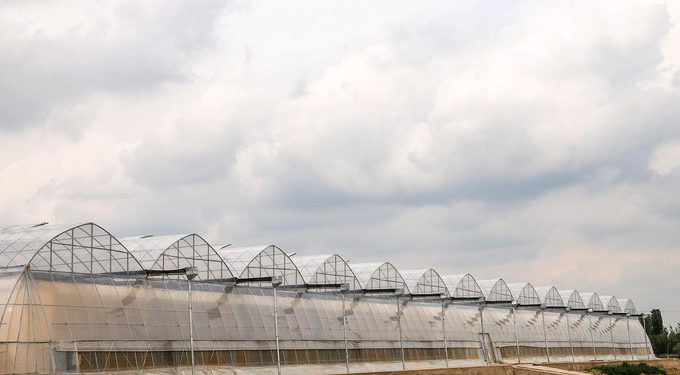According to the state news agency, in recent years the area of greenhouses has increased by 2.6 times, and production volume has increased by more than 3 times. Currently, about 80,000 people are employed permanently, and another 70,000 are employed seasonally in the sector.
To increase the efficiency of greenhouse production, it is proposed to allocate up to 50% of the costs to attract qualified agronomists, entomologists and laboratory specialists, and to subsidize up to 20% of the costs of purchasing peat.
Discussions were also held regarding the establishment of research activities in new areas of the sector, as evidenced by plans to establish the Tolali Crop Research Institute, focused on new trends.
As a result, plans are being developed to introduce new technologies and equipment to the field. This is aimed at ensuring efficient production and increasing the profitability of cotton and vegetable processing plants, as well as meeting international standards for products such as cotton, hemp and silk.
Earlier, the EastFruit portal reported that Uzbek tomatoes have largely replaced Uzbek tomatoes on the Tajik market, with prices in Moldova and Tajikistan being cheaper than in Uzbekistan and almost equal to prices in Poland. One of the main reasons is the restriction of the use of natural gas in greenhouses, which has led to a transition to coal heating, which “completely changed the economics of the greenhouse business and seriously undermined the profitability of greenhouse vegetable production.” In addition, Uzbekistan has some of the world’s largest gas reserves and could become a major gas exporter in the near future.
Another factor is the high level of foreign currency debt of Uzbek greenhouse enterprises, which, against the background of the depreciation of the national currency, makes it increasingly difficult for many producers to service debts, which leads to bankruptcy. Greenhouse owners have already extended the repayment period several times. Last August, the president extended the loan repayment period for 1,000 greenhouse enterprises to 2.2 trillion soums.
It is worth noting that in February 2023 it was reported that some educational institutions, as well as cement and meat production plants, will switch to coal as part of a plan to reduce gas consumption. In total, in 2023 it was planned to convert 5,407 social facilities, 1,147 greenhouses and 250 factories to coal.
Previously, according to the Ministry of Ecology, the use of coal in greenhouses around Tashkent led to the transformation of green belts into “brown belts”. In the Tashkent region alone, there are 631 greenhouses on a total area of 1314 hectares. According to the ministry’s analysis, over the past five years the number of greenhouses has increased 2.5 times (in the Tashkent region – 2 times), with 60% of them using coal as the main source of heating.










